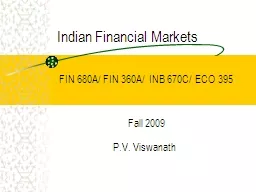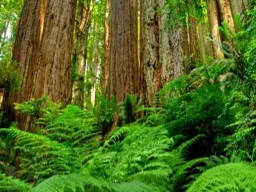PPT-Markets We Serve Croda’s
Author : DontBeAScared | Published Date : 2022-08-03
customers What do Croda make Sheeps wool Rapeseed oil Wheat Fish Moisturisers Omega 3 capsules Polymer additives Shampoo A B C D 1 2 3 4 Fish oil and Croda Crude
Presentation Embed Code
Download Presentation
Download Presentation The PPT/PDF document "Markets We Serve Croda’s" is the property of its rightful owner. Permission is granted to download and print the materials on this website for personal, non-commercial use only, and to display it on your personal computer provided you do not modify the materials and that you retain all copyright notices contained in the materials. By downloading content from our website, you accept the terms of this agreement.
Markets We Serve Croda’s: Transcript
Download Rules Of Document
"Markets We Serve Croda’s"The content belongs to its owner. You may download and print it for personal use, without modification, and keep all copyright notices. By downloading, you agree to these terms.
Related Documents














